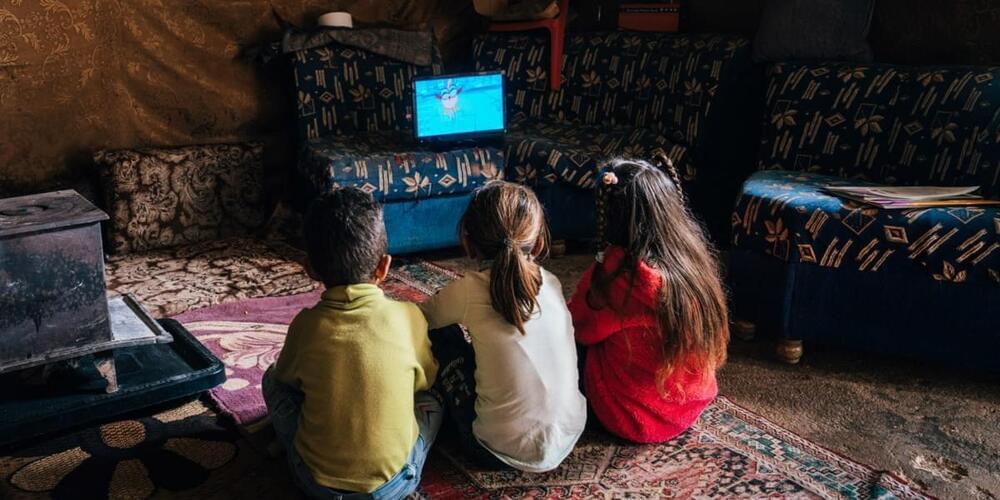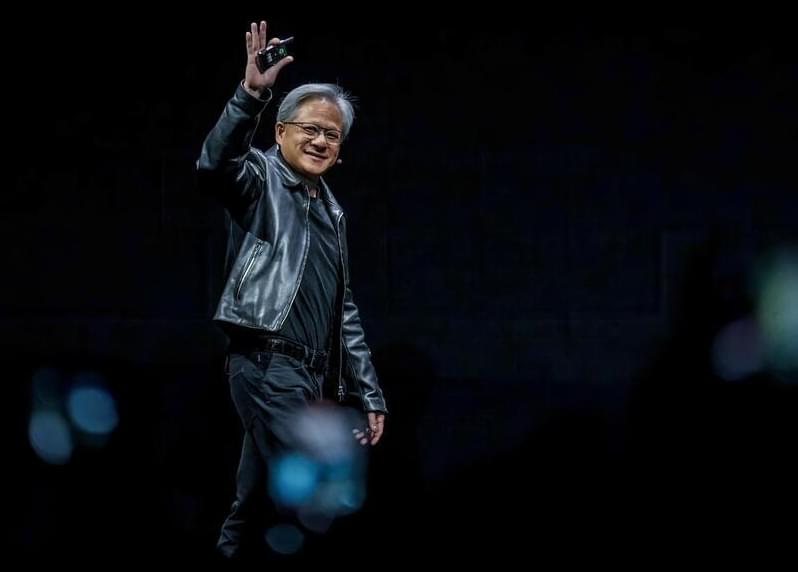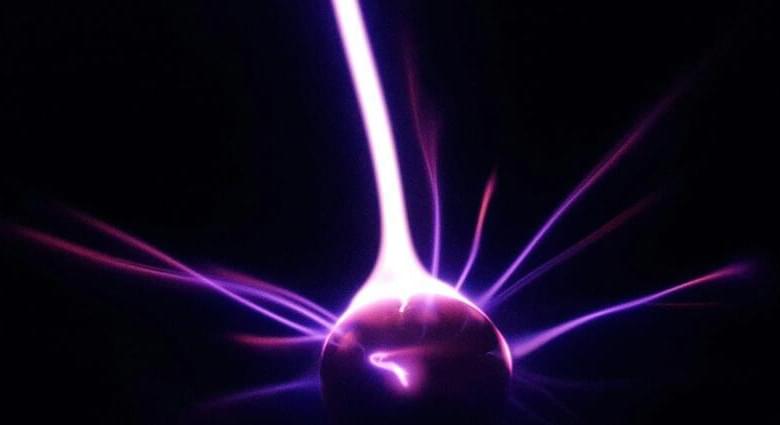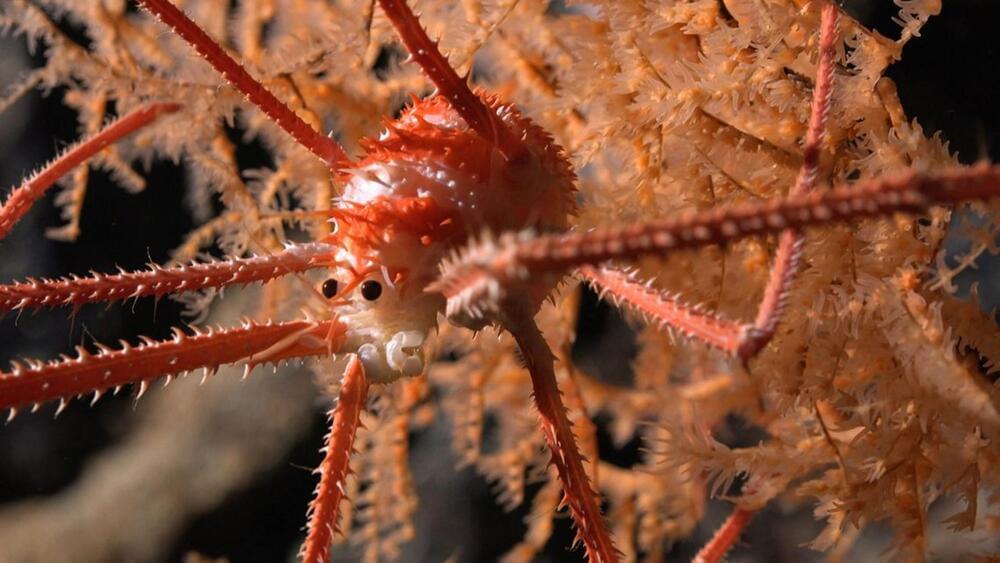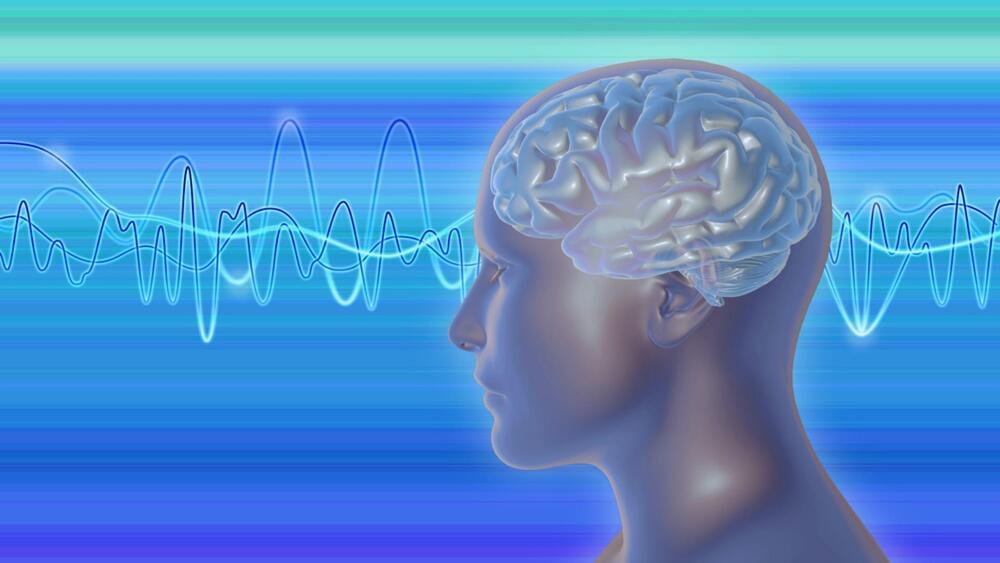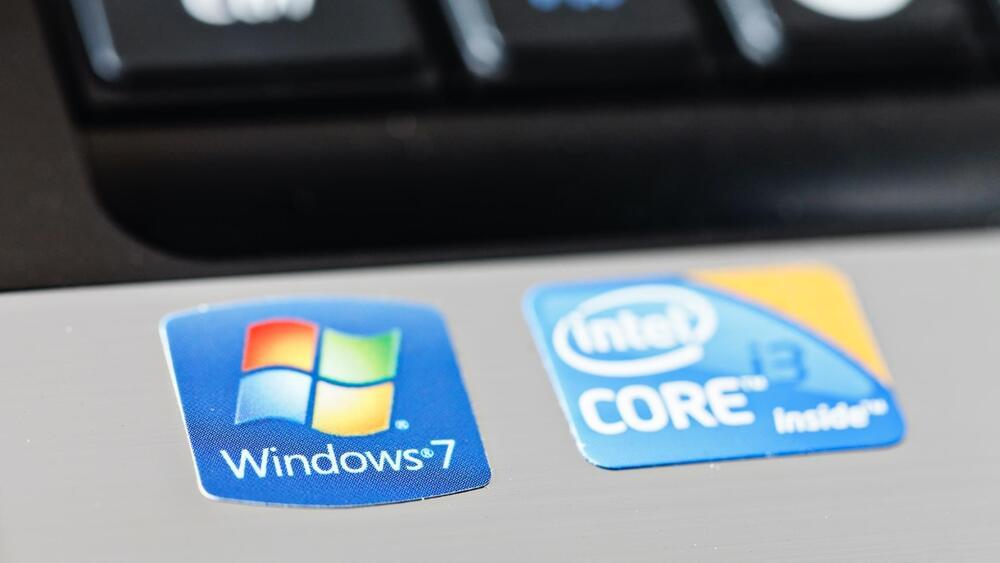Figuring out how the human body can withstand underwater pressure has been a problem for over a century, but a ragtag band of divers is experimenting with hydrogen to find out.
The largest-ever humanitarian intervention in early childhood education shows that remote learning can produce results comparable to a year of in-person teaching.
People are more likely to do something if you ask nicely.
Prompt engineering is a weird science. As it turns out, the way in which a prompt’s phrased — down the tone — can influence a GenAI model’s response.
In August of 2021, my firm made a very bold prediction that Nvidia will surpass Apple in valuation.
We look at why Nvidia has been able to surpass every FAANG except Apple, and why it’s inevitable that it becomes the world’s most valuable company in the next 2.5 years.
Scientists have identified a subtle gravitational force acting on a minuscule particle through an innovative approach.
In the quest to unravel the mysterious forces of the universe, scientists have achieved a major feat.
Robots explore vulnerable deep-sea ecosystems only to stumble upon over 100 never-seen-before marine species.
Because brains are intricate and surgery is risky, scientists are seeking non-invasive methods like LILFUS – which use sound waves for brain issues.
Our brain is a sensitive organ.
Terra Quantum introduces ‘flowermon,’ a superconducting set to enhance processor stability with extended coherence times.
Terra Quantum, a frontrunner in quantum technology leaps in quantum computing.
100-feet tall, Tor Alva will likely be the world’s tallest building by the end of 2024.
Switzerland, home to the tallest summit in Europe — Jungrau, will also be home to one of the world’s tallest 3D-printed structures.
Microsoft’s in-house chip will be Intel-approved.
Intel, one of the biggest manufacturers of semiconductor computer circuits, has secured Microsoft as a client for its custom chip manufacturing division.
Intel scores a big client in Microsoft Corp for Intel Foundry, its sustainable systems foundry business tailored for making AI chips.

